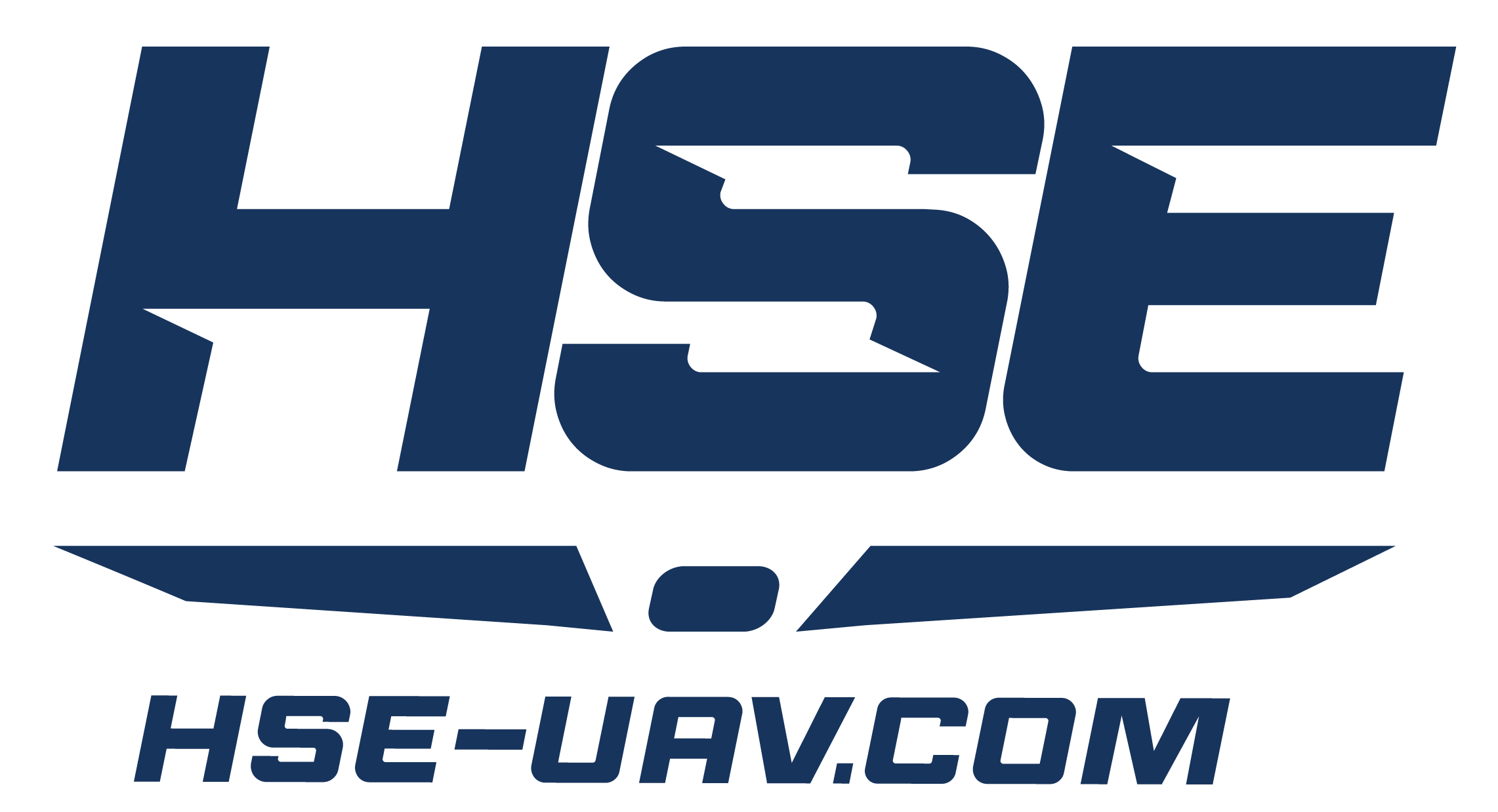USDA RESEARCH ON SPRAYING DRONES

Daniel Martin, Ph.D. USDA-ARS
Wayne Woldt, Ph.D., P.E. University of Nebraska-Lincoln
Farmers are buying spraying drones at incredible rates
...and the USDA Agriculture Research Service (ARS) saw the trend coming. Their job is finding solutions to agricultural problems that affect Americans every day from field to table. And with farmers competing on a global scale - increasing yields and reducing costs is a heck of a problem to solve. But where is the research on spraying drones? Luckily, Dr. Dan Martin (USDA) met with his fellow researcher, Dr. Wayne Woldt (UNL), and they created a study for commercially available spraying drones. Their objective in the report says
Characterize the effect of application height and groundspeed on the effective swath, pattern uniformity and droplet spectra from different UAAS platforms.
Some specific questions were:
- Do hardware differences impact spray quality? (i.e., nozzles under motors or on booms)
- How does flight speed and altitude impact swath?
- What can be done to mitigate and avoid drift?
HSE wanted to learn:
- How do we help customers be awesome applicators with safe and effective applications?
- What ways can we improve the hardware and spray systems?
- Can we develop an industry-standard for hardware?
So Dan and Wayne selected spraying drones that were the most popular among farmers while being comparable in size and features. Here are the drones they picked...
Conducting the Research on Spraying Drones
The study involved a team of industry-experts of researchers, students and some cutting-edge stuff! First they calibrated the pumps and nozzles - that gave them accurate flow rates for each platform. Next, they setup water-sensitive papers and an in-house Swath Analysis System (super cool!) Then, they outlined the flight parameters for each drone:
- 3 Application heights (2, 3 and 4 m)
- 4 Ground speeds (1, 3, 5 and 7 m/s)
- 4 Replications
After collecting the data, they processed it through their Swath Analysis System and determined the application quality.
What did we learn?
- That unwanted drift is easily managed by choosing the appropriate nozzle type.
- Larger drones had wider spray swaths.
- Nozzles mounted under motors performed similarly to nozzles on a boom (but perhaps some operators would appreciate the versatility?)
- The ideal spraying height is between 3-4 m above the crop.
- The ideal spraying speed was 3 m/s for the DJI, and 5 m/s with the HSE drone.
Next Up:
We'd like to acknowledge...
Dr. Dan Martin, Dr. Wayne Woldt, and the wonderful teams at USDA-ARS and UNL. Their commitment to the future of agriculture is moving. They are great advocates for technology that works and that applicators have the knowledge to conduct safe and effective aerial applications. As a family and veteran owned company, we thank you for your service to our country!
Wayne Woldt, Ph.D., P.E.
Biological Systems Engineering and School of Natural Resources Director
NU-AIRE Unmanned Aircraft Laboratory
Lincoln, NE 68583
Daniel Martin, Ph.D.
Aerial Application Technology Research
Agricultural Research Service
United States Department of Agriculture
College Station, Texas. 77845


